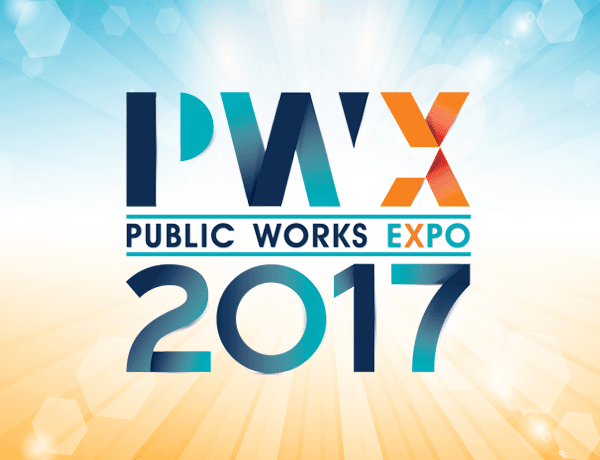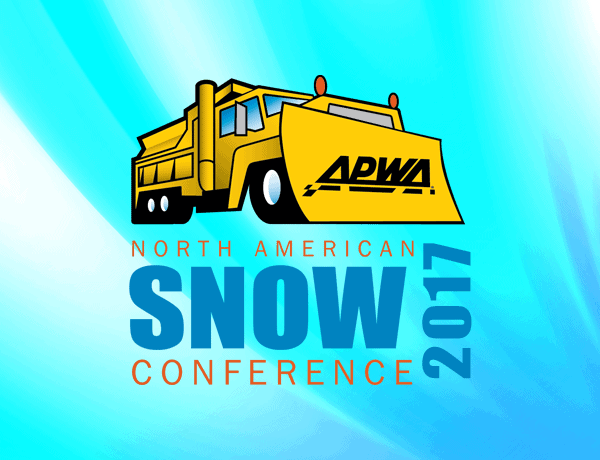Video
We usually think of asset management as involving city buildings and structures, and public infrastructure. Learn how the City of Florissant, Missouri, enforces building codes, zoning codes, and local ordinances to help maintain the property values of residences and businesses throughout the city.Learning Objectives:Identify where to begin and how to apply a property maintenance program to city assets.Educate and inform city leaders (elected officials, business community, etc.) on how better to maintain and improve property values and quality of life.Prepare and present new codes and/or ordinances that will better serve residents, businesses, and the general public.
Read MoreThe Excellence in Ice & Snow Control award recognizes agencies that demonstrate excellence in the management and administration of public works snow and Ice operations. This year's winners from the…
Read MoreIn 2010, issues facing Crawfordsville included failing pavements, unsafe roads, high maintenance costs, limited funding, and a lack of sound leadership principles. The practice of "we have done it this…
Read MoreNew transportation technologies, particularly in regard to connected and autonomous driving vehicles, present a challenge to local governments. Safety and cybersecurity concerns, inconsistent regulations that vary across states, and schisms within the vehicle industry present complications and uncertainty for full integration of these technologies into existing transportation infrastructure. Two of the issues that need to be addressed first are traffic incident liabilities and assurances that the driving technology cannot be hacked. Vehicle-to-vehicle technology includes signal communication between two or more vehicles, while vehicle-to-infrastructure involves signal communication between vehicles and signage or signal controllers. To date, only a few states have established legislation addressing autonomous vehicles. Local governments are going to have to establish regulations too. Given the fast pace of technology development and the slow pace of governmental change, now is the time to look at how operations will need to be altered and what the unintended consequences could be for policies and planning.Learning Objectives: Describe the implications of connected and autonomous vehicles for local government infrastructure.Identify the policy ramifications for local governments of these new technologies.Envision the impacts these technologies could have on your city or town.
Read MoreSoon, vehicles will be able to see things that drivers can't, such as when a vehicle two or three cars ahead suddenly hits the brakes, or a car is about to run a red light, or when black ice is on the road. Connected vehicles are expected to make crossing intersections safer, reduce work zone crashes, and make it easier to manage a fleet of snow plows or other heavy vehicles. Road weather management systems will allow public works departments to capitalize on connected vehicle data to increase situational awareness, improve roadway levels of service and optimize the use of resources and materials. The Federal Highway Administration (FWHA) has released a Vehicle-to-Vehicle Infrastructure (V2I) guidance to assist agencies in preparing for emerging V2I/V2V technologies. Attend this session for a tutorial on what to expect and how to prepare.Learning Objectives: Examine connected vehicle technologies to see how they work and how they can benefit the public works community.Determine what will be needed to prepare for connected vehicles.Determine how connected vehicle technologies and applications can improve road weather operations.
Read MoreIn May 2016, streetcar services returned to downtown Kansas City, Missouri, after nearly 60 years. This $102 million transit investment has helped spur over $1.8 billion in economic development and significant growth in sales tax revenue along the streetcar's 2.2 mile corridor. Ridership exceeded one million riders in the first six months, averaging 6,300 riders a day. Join us for this walk-through of the project's evolution from design and funding to operation. In addition to being a linear transit project in a constrained urban right-of-way, this project included extensive utility relocations, ADA accessibility efforts, and traffic simulation upgrades. The streetcar maintenance yard was awarded a LEED Gold Certification, and this is the first transit project to obtain the ISI EnvisionA Platinum Sustainable Infrastructure Award.Learning Objectives:Identify alternative funding options for implementing a transit project.Explore the lessons learned in Kansas City, from construction to operation, along an existing urban street.Illustrate how fixed transit can be a tool to enhance development investment and economic growth.
Read MoreSometimes it is not until someone retires that an agency discovers just how many functions he or she covered. Those nearing retirement will be leaving with a wealth of knowledge that will be difficult to replace by hiring just one person. The focus of this session will be on preparing for attrition, creating and conveying career mobility, and developing a forward-thinking approach for organizational sustainability.Learning Objectives:Identify and create opportunities for current staff for upward mobility and a more conducive career focus.Develop a long-term approach to planning for attrition and creating transitional strategies.Help staff view public service in a way that meets organizational mission and goals.
Read MoreThis program is sponsored by the APWA Fleet Management Committee. It is intended to help participants be better able to determine technician ratios in staffing analysis, estimate billable hours and identify the benefits of working for a municipality. This program is 2 hours in duration and is eligible for .2 CEUs.
Read MoreA leading attorney in MN recently reviewed a sample of maintenance policies and discussed their strengths and weaknesses at our road salt symposium. This caused quite a stir and set…
Read MoreVaughn is one of the fastest growing cities in Ontario, Canada. In 2016/2017, they embarked on a long-term, performance-based winter road maintenance contract. This marks a significant shift in the way winter road maintenance contracts have been structured, and it contains many innovative approaches that rethink the way winter maintenance services are delivered to residents. Find out more about their contract development process, how citizen experience evaluations are obtained, and the program's successes and pitfalls in this first contract year.Learning Objectives:Identify the lessons learned from Vaughn's winter road maintenance contract development process.Explore the many new approaches contained in the contract for improved operational performance and citizen experience.Evaluate how to establish a performance-based contract that includes quality control and assurance, and better contract oversight.
Read More
